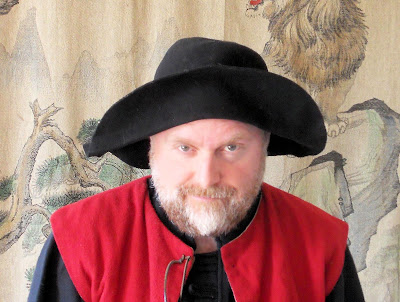The flat cap or flatcap is a rounded cloth cap with a small stiff brim in front and is usually made of wool, tweed or cotton and lined with a softer fabric.
The hat is also known at least according to wikipedia as a Cabbie cap, Longshoreman's cap, Cloth cap, Scally cap, Wigens cap, Ivy cap, Golfers cap, Duffer cap, Duckbill cap, Driving cap, Jeff cap, Irish cap, Newsboy cap, Crook cap, or a Paddy cap, in Scotland its called a Bunnet, in Wales its called Dai cap. That's more names than I knew and I think easily beats all the names you can find for other styles of hats.
The original flat cap can be traced back as far the 14th century.
The growth of woollen cloth hats of many styles came about when a act of parliament in the late 16th century made not wearing a woollen hat on Sundays for males an offence, basically the law was designed to stimulate the wool trade, this gave rise to common wearing of caps and so became a recognised symbol of common man in England, even today its still associated with a working class man even though many wealthy and iconic people wear them.
Flat caps became very popular in 19th and 20th century throughout Britain, Ireland and United States, although it seem to have been totally supplanted in current times by the baseball cap especially in United States.
The hat I'm wearing a traditional northern England flat cap












